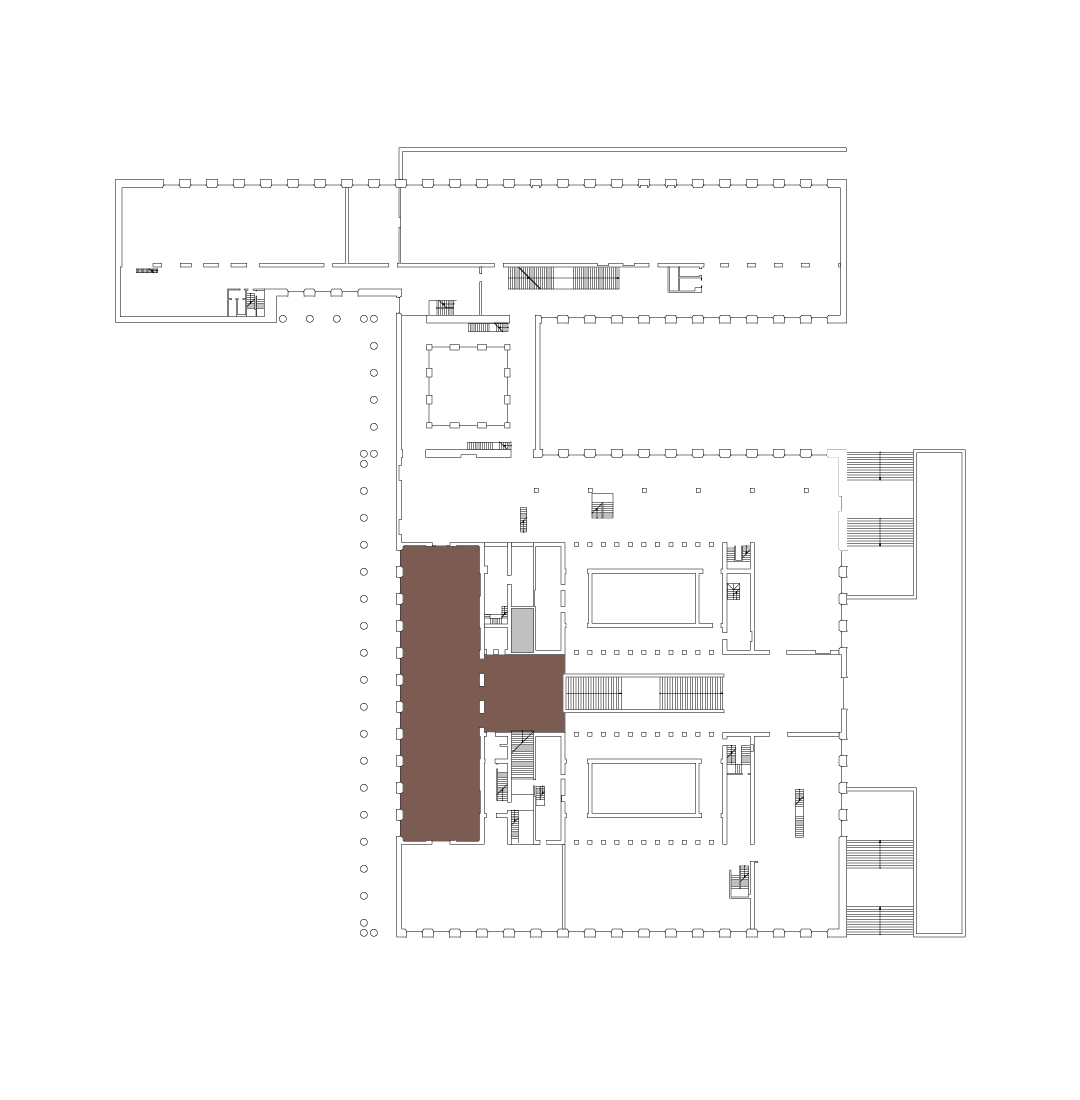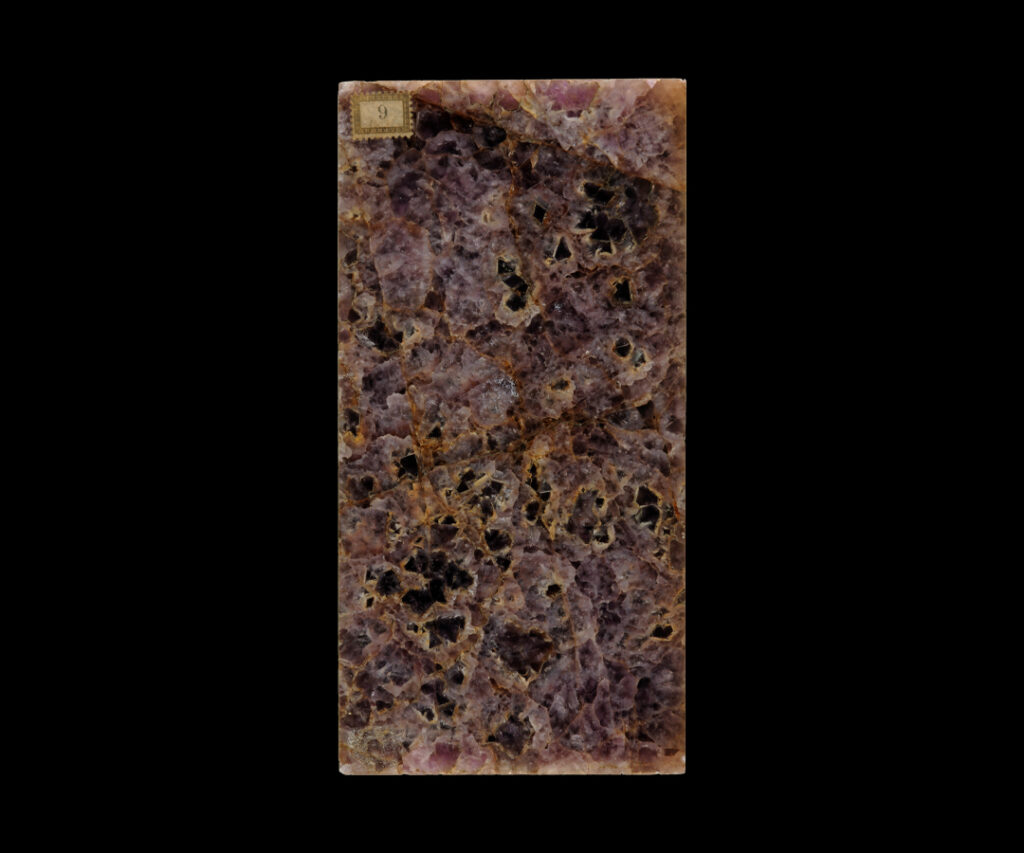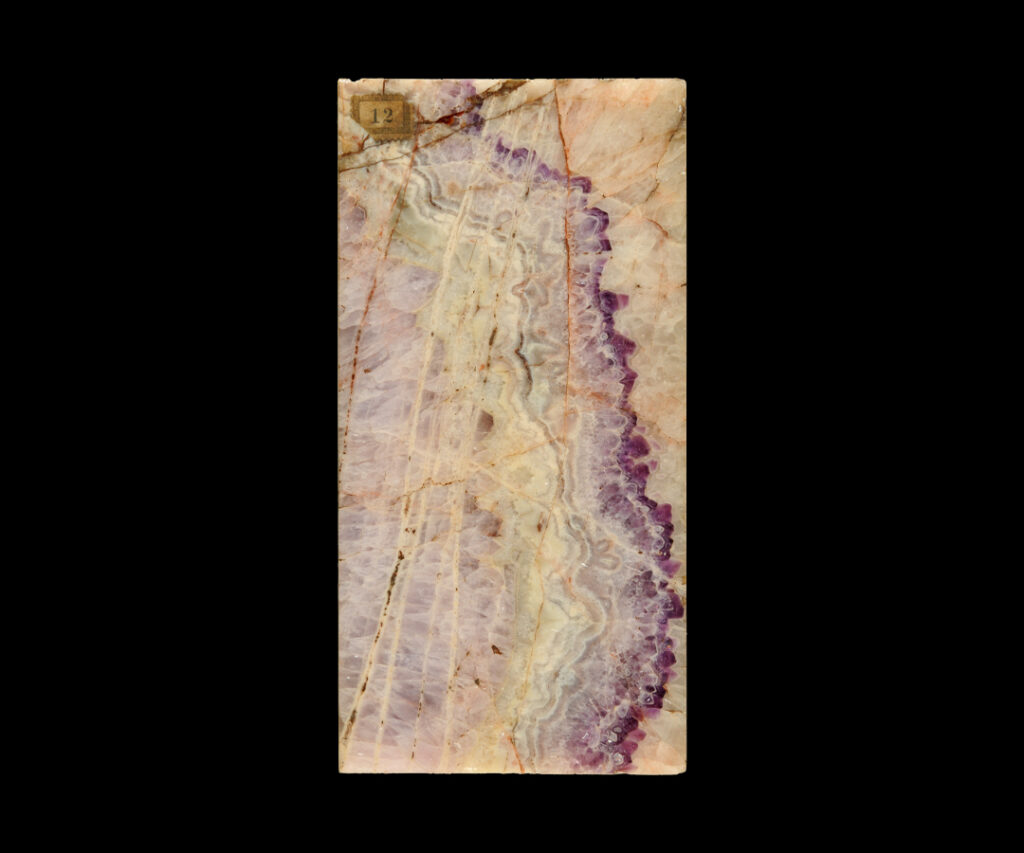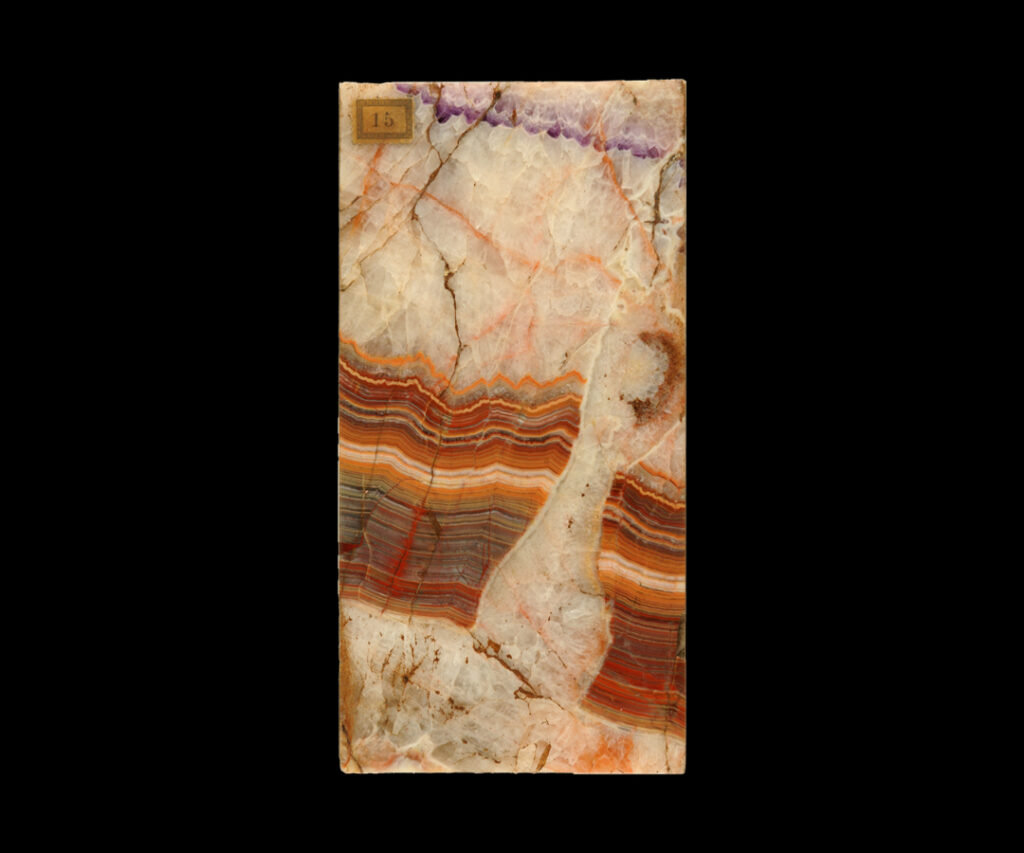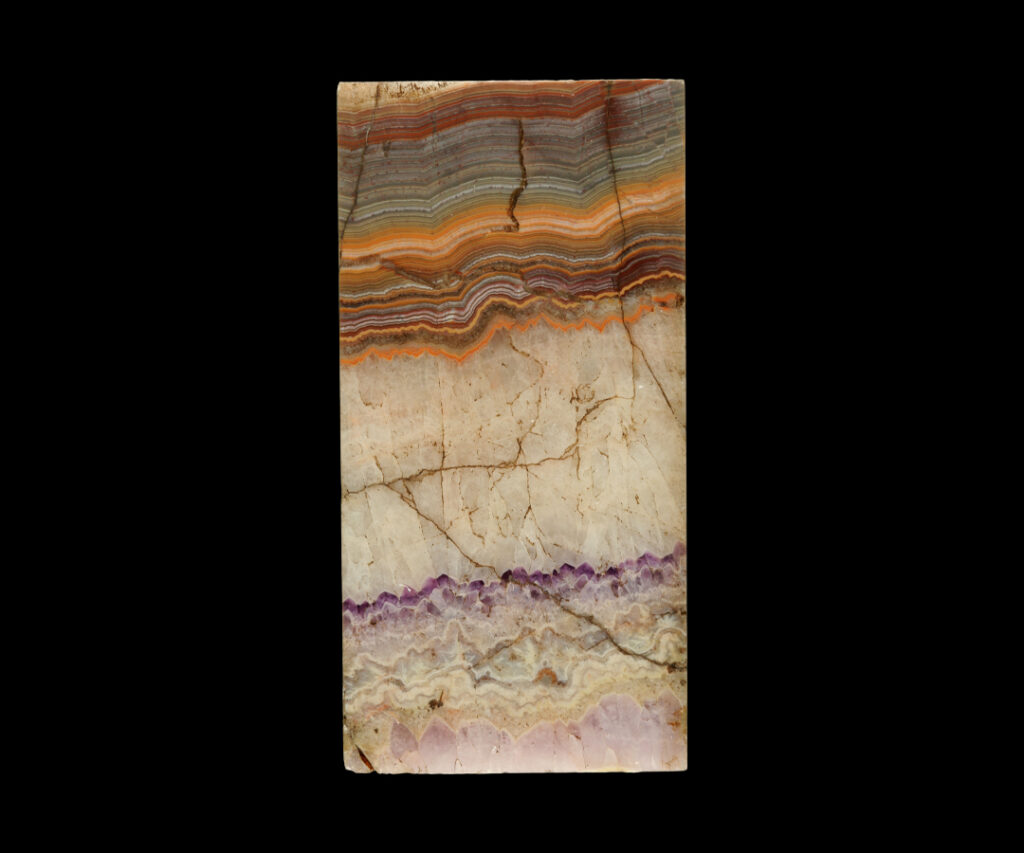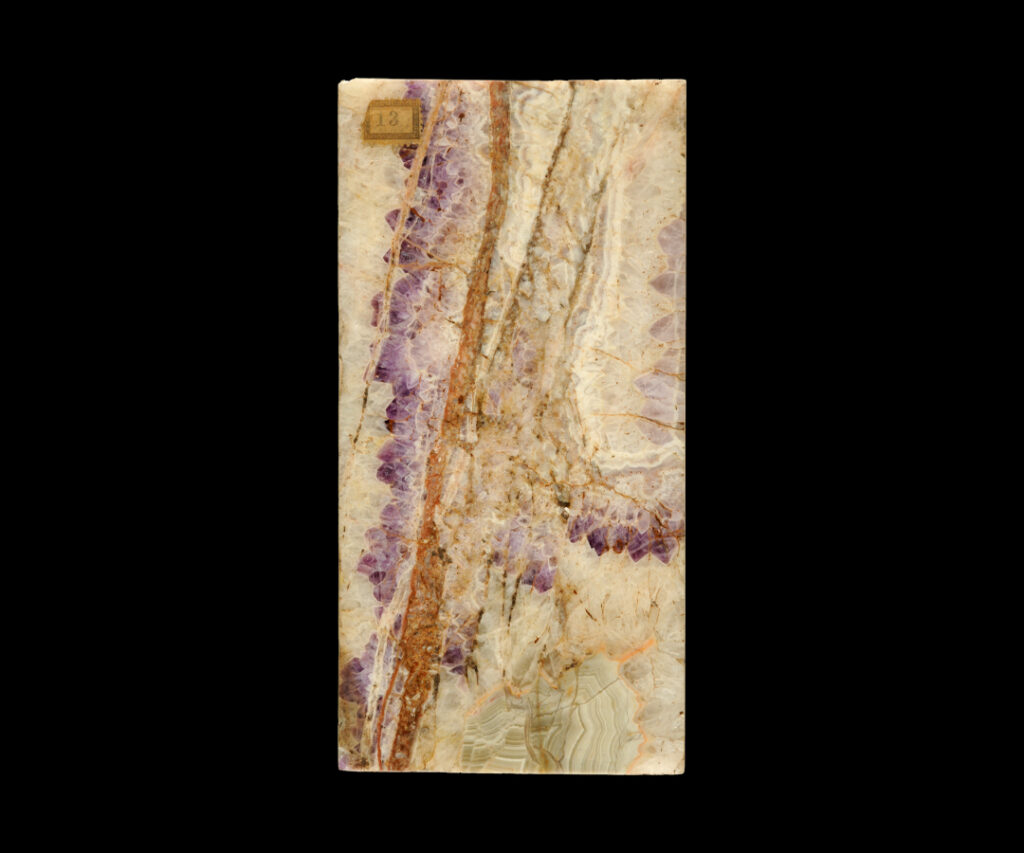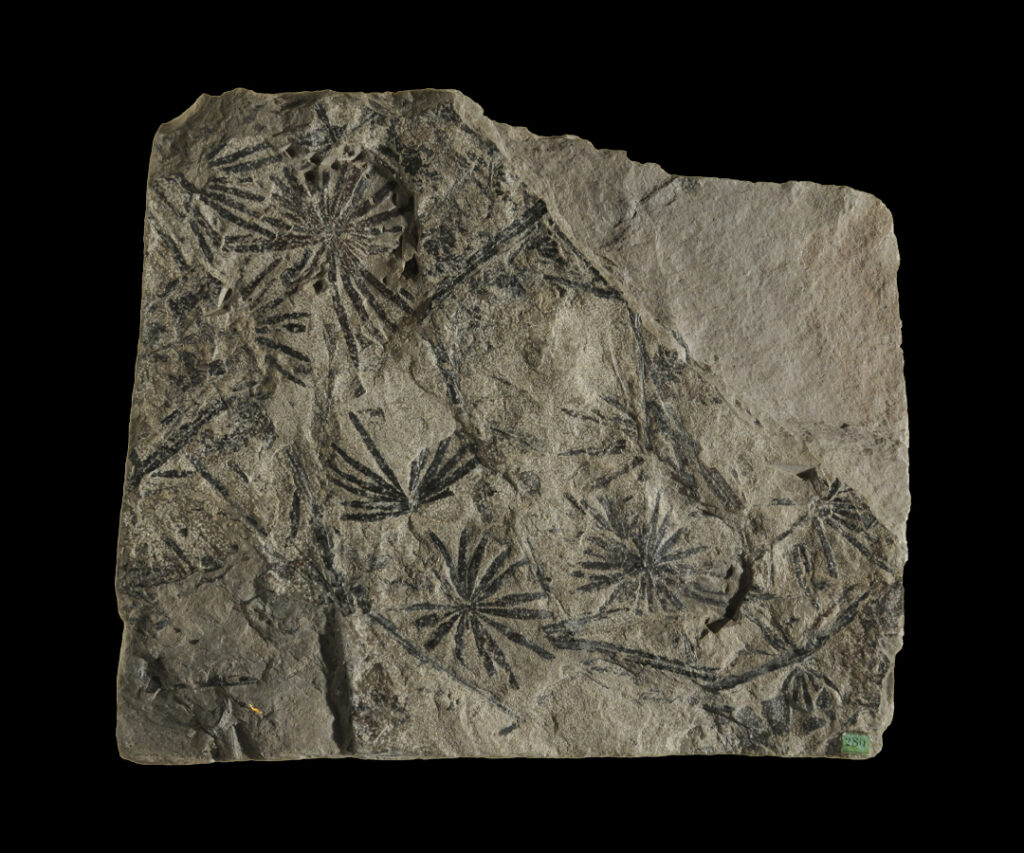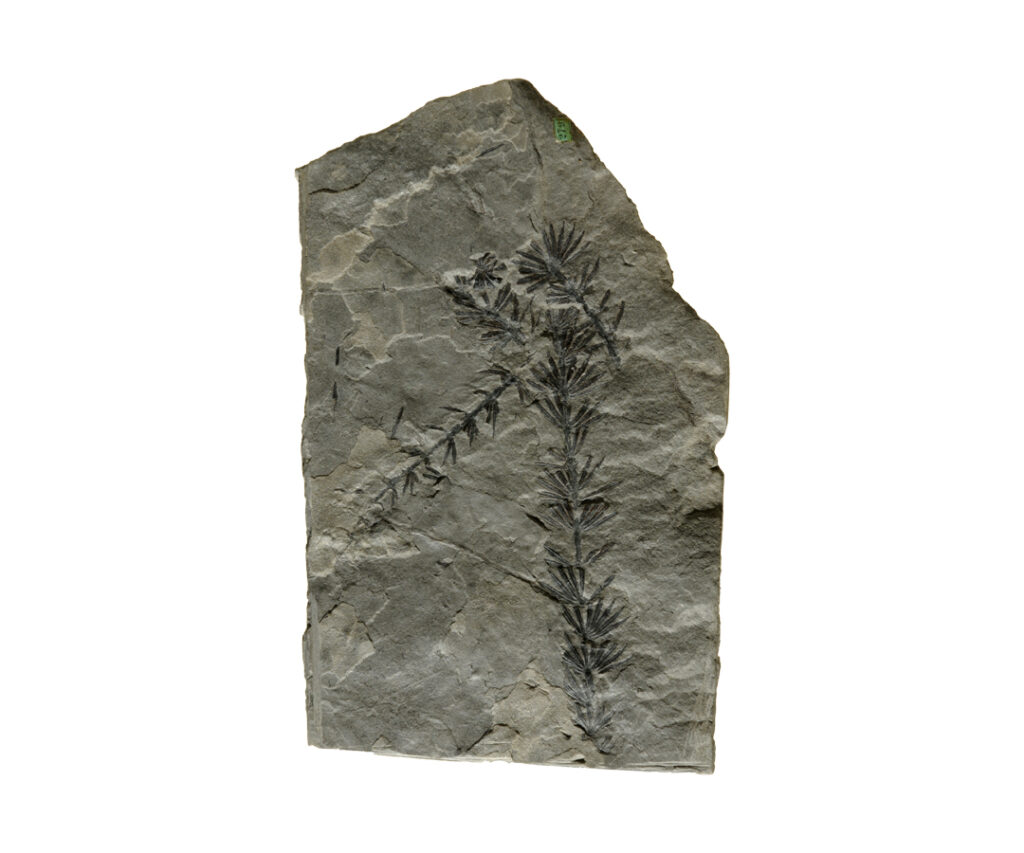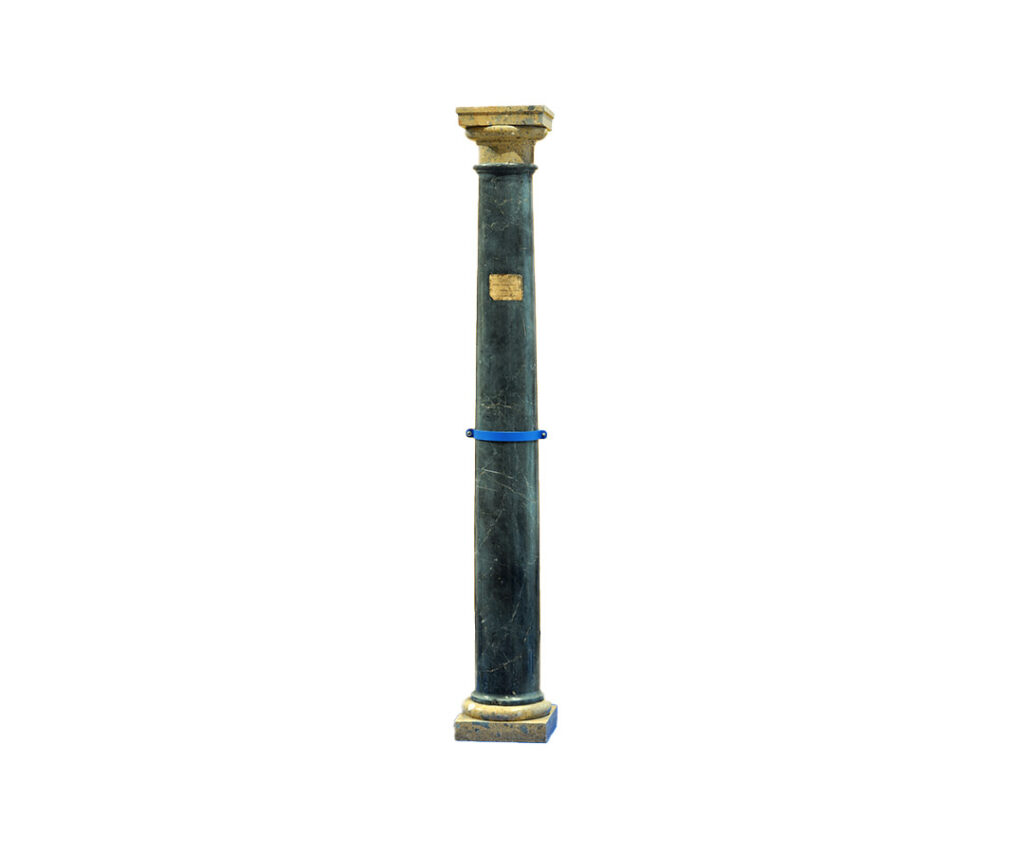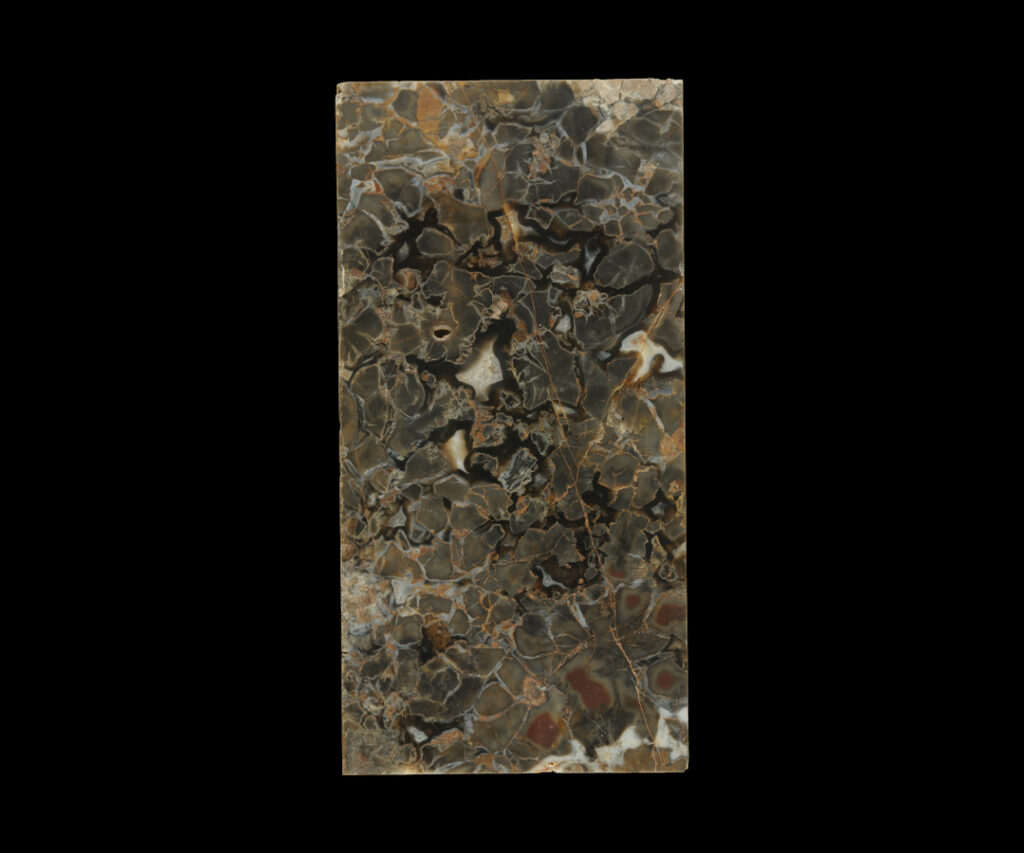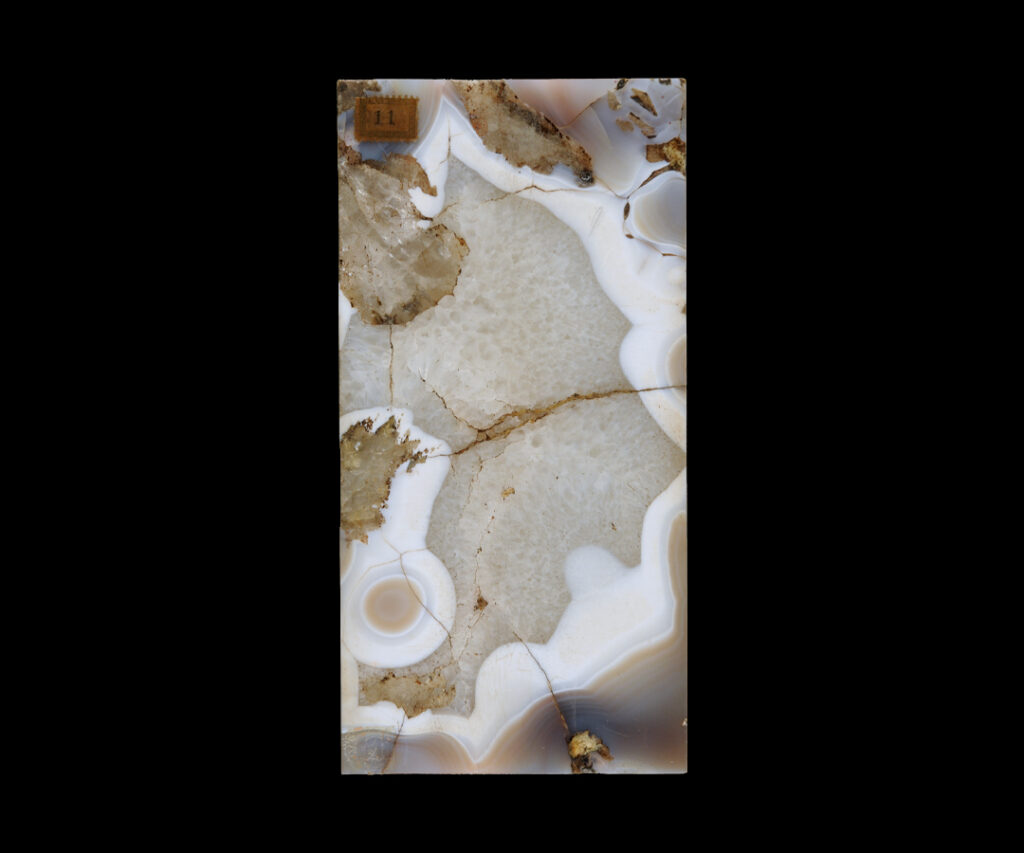Origins and history of the collections
History or the collections
In the years immediately following Italian unification (1861), Quintino Sella and Felice Giordano laid the groundwork for the future Geological Map of Italy, including surveys of the national territories and the systematic collection of animal and plant fossils, rocks and minerals. In 1867 the government of the Kingdom of Italy, at that time still based in Florence, established the Royal Geological Committee, charged with developing the new Geological Map at a scale of 1:100,000, and with assessments of the national mineral reserves. Beginning with the Scientific Collections, the committee then added Industrial Collections, concentrating on the lithotypes of potential use for building and decorative purposes. In 1875 the committee and the Geological Office, together with the materials by then deposited at various institutes in Italian cities, converged in Rome in the former monastery of Saint Peter in Chains, seat of the Royal School of Applied Engineering. Reorganized as the Royal Geological Office, the activities and collections were soon transferred to a purpose-built structure at Largo Santa Susanna, also housing the Agricultural Geological Museum, inaugurated 3 May 1885 in the presence of King Umberto I. This building remained the home of the collections until 1995, when the Geological Survey of Italy and its collections were merged with the Department of National Technical Services. In 2008 the collections and related functions were reincorporated under the Italian Institute for Environmental Protection and Research (ISPRA). Although in recent years there had been no opportunity for display of the collections, activities have never ceased for their conservation, cataloging (also with digitization), and the deepening and communication of their relative knowledge, including on their environments of origin, uses and significances assumed through time. Now, through their gradual musealization by the Museum of Civilizations, ISPRA’s collections are being returned to the public, and to the sphere of international scientific research.
Types of collections
ISPRA’s collections – comprising more than 150,000 items – are organized in three areas, each originating in the second half of the 1800s and then growing through land survey operations, purchases and donations.
- The Paleontological Collections comprise four sections:
- General Collection (ca.76,000 specimens), mainly invertebrates of Italian origin;
- Historical Collections (ca. 20,000 specimens), notably almost all of the type fossils of trilobites, echinoderms, ammonites, bivalves, gastropods, reptiles, and fish;
- Vertebrate Collection (ca. 3,000 specimens), mainly Pleistocene mammal specimens from Lazio, Tuscany and Sicily;
- Plant Collection (ca. 600 specimens), fossils from Italian and international locations.
The Litho-Mineralogical Collections comprise three sections:
- Lithological specimens (ca. 32,800), mainly deriving from the collections of the Geological Map of Italy;
- Mineral specimens (ca. 3,100), including the Systematic Mineralogical Collection, the Mineral Deposits Collection, and the Maresca and Zolezzi collections;
- Building and decorative materials (ca. 5,500 items), including the Pescetto and De Santis marble collections, the Italian Marble Collection, and the Artistic and Ornamental Demonstrations Collection.
The Historical Collections document the activities of the Royal Geological Office:
- Geological models, made in complement to the Geological Map of Italy;
- Technical instruments (ca. 240) used in survey, study and research activities;
Archival records, artwork and memorabilia, among which busts, paintings, medals, and lithographic stones.
The rearrangement of the Paleontological and Litho-mineralogical Collections
ANIMALS, PLANTS, ROCKS AND MINERALS: THE ISPRA COLLECTIONS > Towards a Multispecies Museum
go to the rearrangement
archive under updating

